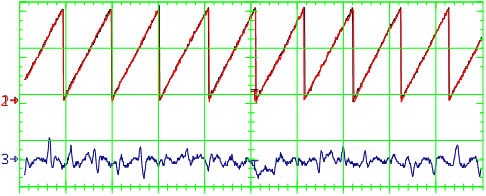Most of high performance closed-loop controls require an additional sensor mechanically coupled to the rotor shaft for measuring the rotor position. Such a sensor reduces the reliability of the drive and increases its cost and complexity.
We are able to control a drive in the full speed range, from standstill to rated speed and beyond without the need for a position sensor and for any particular initial alignment procedure demanded to the final user. Moreover we have developed, implemented and tested sensorless techniques able to maintain a proper rotor position estimation during and after several types of fault.
In fact, besides the obvious advantages in terms of cost, size and weight, standard sensorless drives are more robust than their sensored counterparts only when considering the removal of the fragile mechanical sensor. Any other fault will affect more heavily a sensorless drive and will surely compromise its operation if adequate countermeasures are not taken in the control strategy.
For cost-sensitive applications without strict requirements in terms of performance, we can also reduce the number of required feedback current sensors by adopting advanced current reconstruction strategies.
